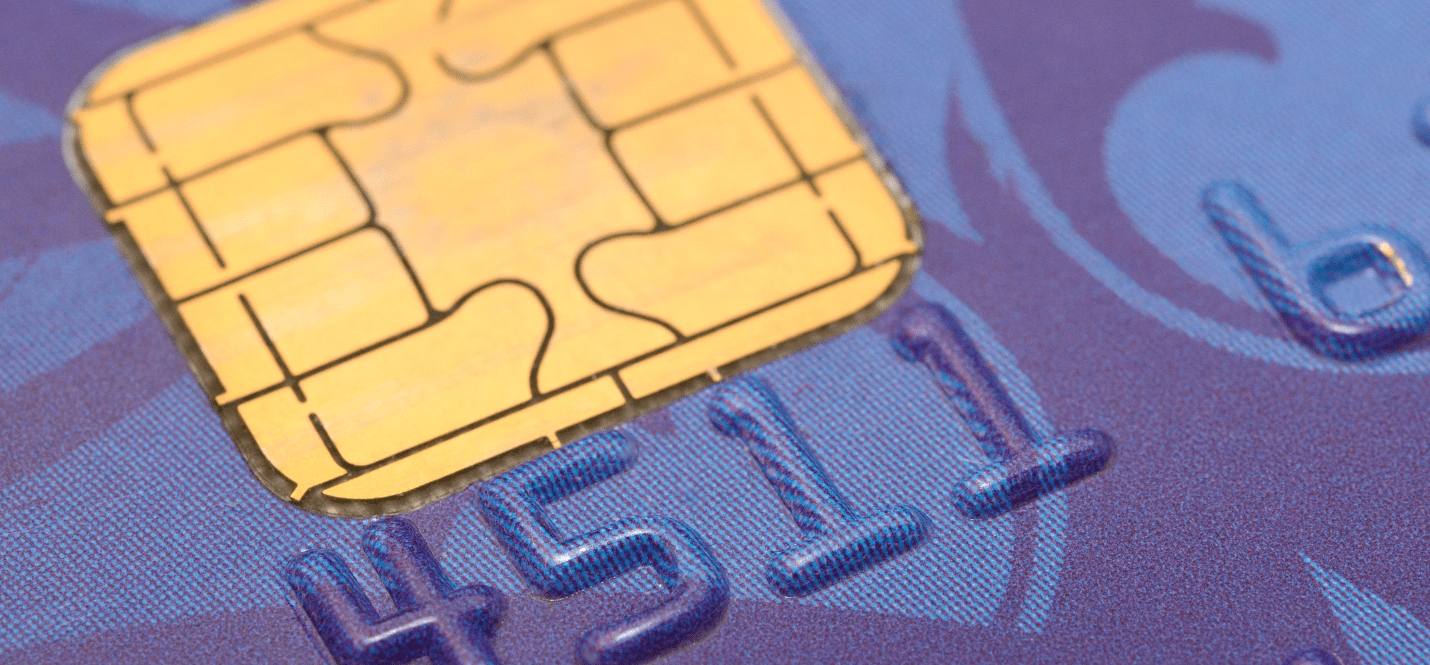IBAN vs Account Number: What’s the Difference?
If you’ve ever needed to send or receive money internationally, you’ve probably come across the term IBAN. But is an IBAN the same as your account number? Not quite.
Let’s break down the difference between an IBAN and a standard bank account number— and why it matters when sending money abroad.

Is My IBAN the Same as My Account Number?
No, your IBAN is not the same as your account number.
An account number is a local identifier for your bank account—used within your country’s banking system. An IBAN (International Bank Account Number), on the other hand, is a globally recognized format that includes your account number, but also adds other key details to help foreign banks identify and route payments accurately.
Think of your account number as your street address—and your IBAN as the full international mailing address with your street, city, postcode, and country.
What Is an IBAN?
IBAN stands for International Bank Account Number. It’s a unique alphanumeric code, up to 34 characters long, used to identify individual bank accounts across international borders.
The IBAN format includes:
- Country code (e.g., GB for the UK)
- Check digits (used for error detection)
- Bank identifier
- Branch and account number
The IBAN system is standardized under ISO 13616, helping to reduce errors and delays in cross-border transactions, especially within Europe.
What Is an Account Number?
A bank account number is a basic identifier that your bank uses to track your specific account. It’s used for domestic transactions and paired with other codes like a sort code (UK) or routing number (US) to complete payments locally.
An account number is typically 8–12 digits, depending on the country.
Key Differences Between IBAN and Account Number
| Feature | IBAN | Account Number |
|---|---|---|
| Used for | International transfers | Domestic transfers |
| Length | Up to 34 characters | Usually 8–12 digits |
| Includes | Country code, bank info, account | Only the account number |
| Recognized by | Global banks | Local banks only |
| Error-checking | Has built-in check digits | No built-in error detection |
Where Can I Find My IBAN?
You can usually find your IBAN:
- In your online banking dashboard
- On your bank statement
- In your mobile banking app
Need help? Follow our step-by-step guide to finding your IBAN.
You can also use an IBAN calculator—but always verify it with your bank. Tools aren’t always accurate. The European Payments Council strongly recommends validating IBANs before sending any money.
Can I Convert an IBAN to an Account Number?
Yes—technically. Since your local account number is part of the IBAN, your bank can extract it. But if you’re trying to manually reverse-engineer an IBAN to get a domestic account number, don’t. Always contact your bank for confirmation to avoid mistakes or lost funds.
What Happens If I Use the Wrong IBAN?
If the IBAN doesn’t exist, the payment will likely bounce back. But if you enter a real IBAN by mistake—one that belongs to someone else—the money could go to the wrong person. In that case, your bank might not be able to reverse the transaction without the recipient’s cooperation.
Always double-check IBANs before sending money – How to avoid international errors
IBAN, SWIFT, BIC, Routing Number – What’s the Difference?
- IBAN: Identifies a bank account internationally
- SWIFT/BIC: Identifies a bank, not an account – see SWIFT’s official guide
- Routing Number: Used in the US for domestic payments
- Sort Code: Used in the UK for domestic payments
All of these can be necessary depending on where and how you’re sending money.
Final Thoughts: Do You Need an IBAN?
If you’re transferring money across borders—especially within Europe or the UK—you do need the IBAN of the recipient. For local payments, your regular account number and sort code (or routing number) are enough.
To stay safe, get the IBAN directly from the account holder or their bank, and verify it before initiating the transfer.
FAQs
Q: Is my IBAN just my account number?
No—it includes your account number, but also adds country, bank, and error-checking info.
Q: How can I find my IBAN?
Log into your online banking or check a recent bank statement. Or follow our IBAN lookup guide.
Q: Can I send money without an IBAN?
For domestic payments, yes. For international payments (especially to Europe), usually not.
Q: What if I enter the wrong IBAN?
You risk sending money to the wrong account and may not be able to recover it.
